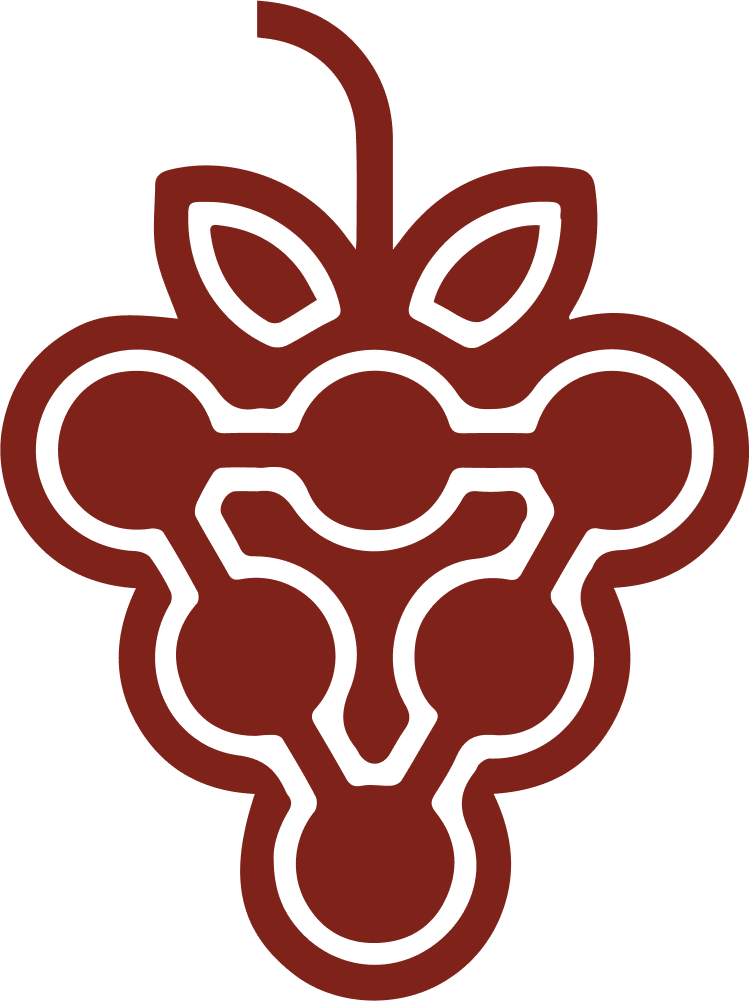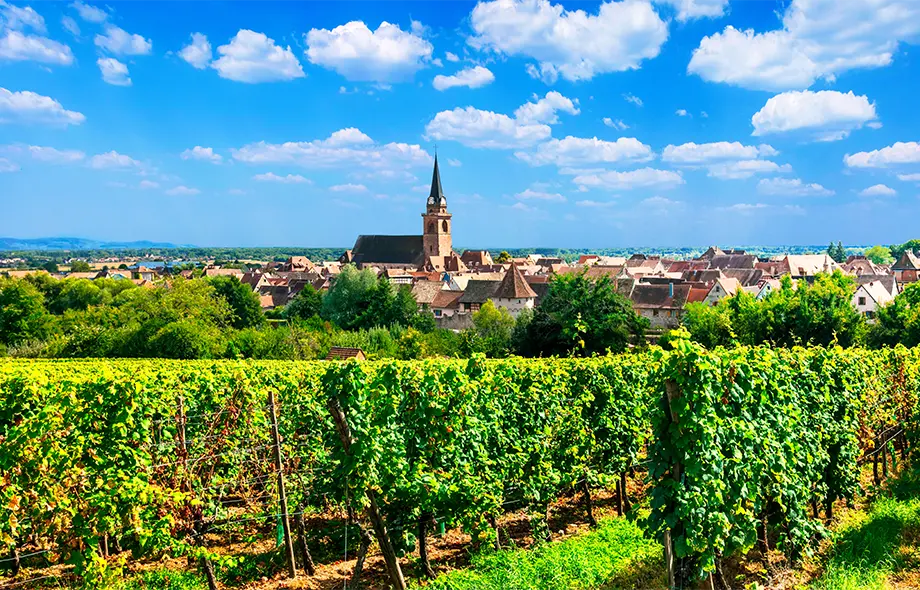Europe’s wine regions represent centuries of winemaking tradition, where climate, soil, and human expertise converge to create some of the world’s most celebrated wines. From the prestigious châteaux of Bordeaux to the rolling hills of Tuscany, each region tells a unique story through its distinctive types of red wine and exceptional whites.
Bordeaux: The Aristocrat of Wine Regions
Bordeaux stands as arguably the most prestigious wine region in the world, producing wines that define elegance and longevity. Located in southwestern France along the Gironde estuary, Bordeaux’s maritime climate and diverse soils create perfect conditions for both red and white wine production. The region’s red wines, primarily blends of Cabernet Sauvignon, Merlot, and Cabernet Franc, showcase incredible complexity and aging potential. Left Bank wines from appellations like Pauillac and SaintEstèphe tend to be Cabernet Sauvignon-dominant, offering structure and power. Right Bank wines from Saint-Émilion and Pomerol feature more Merlot, creating softer, more approachable styles.
Bordeaux also produces exceptional white wines in Graves and Pessac-Léognan, where Sauvignon Blanc and Sémillon create both dry and sweet expressions. The legendary dessert wines of Sauternes represent the pinnacle of sweet wine production, where noble rot concentrates flavors into liquid gold. For those seeking best affordable wines from this prestigious region, explore Bordeaux Supérieur or wines from satellite appellations like Côtes de Bourg and Côtes de Blaye.
Tuscany: Where Tradition Meets Innovation
Tuscany’s sun-drenched hills and diverse microclimates produce some of Italy’s most beloved wines. The region’s flagship grape, Sangiovese, forms the backbone of Chianti, Brunello di Montalcino, and Vino Nobile di Montepulciano—each expressing different facets of this noble variety.
Chianti Classico, marked by its distinctive black rooster seal, offers excellent examples of Sangiovese’s bright acidity, cherry flavors, and earthy undertones. These wines pair beautifully with traditional Italian cuisine, exemplifying perfect wine and food pairing principles.
Brunello di Montalcino represents Sangiovese at its most powerful and age-worthy, requiring five years of aging before release. These wines develop incredible complexity over decades, showcasing how traditional winemaking techniques enhance grape expression.
The Super Tuscan movement revolutionized the region by introducing international grape varieties like Cabernet Sauvignon and Merlot, creating wines that compete globally while maintaining Tuscan character.
Rioja: Spain’s Crown Jewel
Spain’s Rioja region has perfected the art of aging wine, creating a classification system based on maturation time that helps consumers understand style expectations. The region’s three sub-zones— Rioja Alta, Rioja Alavesa, and Rioja Oriental—each contribute different characteristics to the final blends.
Rioja’s signature grape, Tempranillo, produces wines ranging from fresh and fruity Joven expressions to complex, oak aged Gran Reserva wines. The traditional aging process, using American oak barrels, imparts distinctive vanilla and coconut flavors that define Rioja’s character.
Modern Rioja producers increasingly use French oak and employ contemporary techniques while respecting traditional methods. This evolution creates diverse styles within the region, offering options for every palate and occasion.
Rioja Classification System
Joven: Young wines with minimal aging
Crianza: Aged 2 years, including 1 year in oak
Reserva: Aged 3 years, including 1 year in oak
Gran Reserva: Aged 5 years, including 2 years in oak
Burgundy: Terroir’s Ultimate Expression
Burgundy’s complex classification system and focus on single-vineyard wines exemplify terroir-driven winemaking. This historic region produces exclusively Pinot Noir for reds and Chardonnay for whites, proving that greatness comes from perfect grape-to-place matching rather than variety.
The region’s four quality levels—Regional, Village, Premier Cru, and Grand Cru—reflect increasingly specific terroir expressions. Grand Cru vineyards like Romanée-Conti and Montrachet produce wines of legendary status and price, but Village-level wines offer accessible introductions to Burgundy’s distinctive style.
Burgundy’s Pinot Noir showcases the grape’s ability to express subtle soil differences and microclimatic variations. These wines typically display less power than Bordeaux reds but offer incredible finesse, complexity, and food-friendliness.
Germany’s Mosel Valley: Riesling Paradise
The Mosel Valley’s steep, slate-covered slopes create perfect conditions for Riesling, producing wines that balance intense fruit flavors with razor-sharp acidity. This challenging terrain requires handharvesting and produces relatively small yields, concentrating flavors and creating wines of exceptional purity.
German Rieslings range from bone-dry Trocken) to lusciously sweet Trockenbeerenauslese), with each style showcasing different aspects of this versatile grape. The naturally high acidity makes these wines excellent for aging and perfect partners for spicy cuisines.
Sustainable Practices and Organic Wines
Many European wine regions increasingly embrace sustainable and organic farming practices. Organic wines from these traditional regions combine centuries-old wisdom with modern environmental consciousness, producing wines that express terroir while protecting the land for future generations. Biodynamic practices, particularly popular in Burgundy and Alsace, take organic farming further by viewing vineyards as complete ecosystems. These wines often display enhanced terroir expression and remarkable aging potential.
Planning Your Wine Region Adventure
Visiting European wine regions offers immersive experiences that deepen wine appreciation. Spring and fall provide ideal weather and harvest excitement, while summer offers long days perfect for vineyard exploration.
Many regions offer structured wine tours, from luxury experiences in Bordeaux châteaux to intimate tastings in family-owned Burgundy domaines. Research harvest schedules—witnessing the vendange (harvest) provides insights into how wine is made and connects you directly with winemaking traditions.
Consider focusing on one region per trip rather than attempting to cover multiple areas. This approach allows deeper exploration and better understanding of each region’s unique character.
Ready to explore European wine regions? Start by selecting wines from different regions at your local wine shop. Taste them side by side to understand how geography influences wine character, then begin planning your wine region adventure. Each glass is a passport to centuries of winemaking tradition and the passionate people who continue these legacies today.
 :
https://in.pinterest.com/vinora_official/
:
https://in.pinterest.com/vinora_official/


